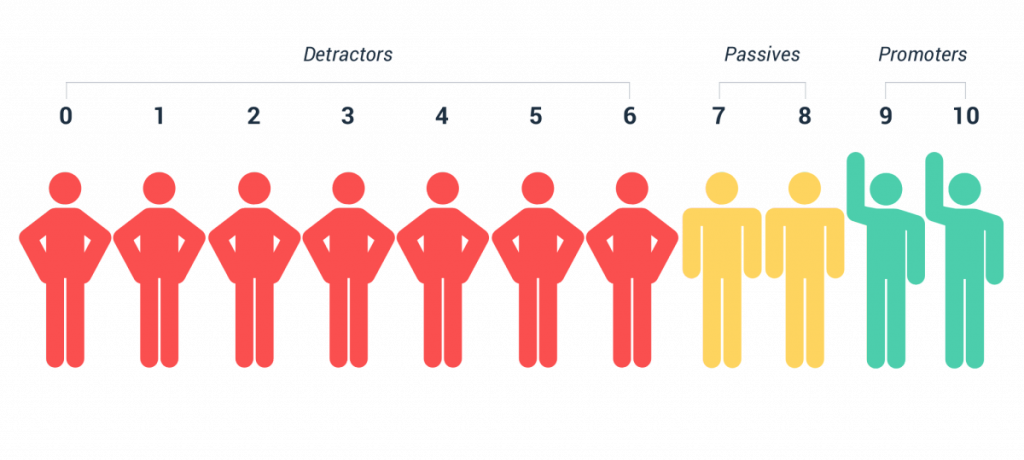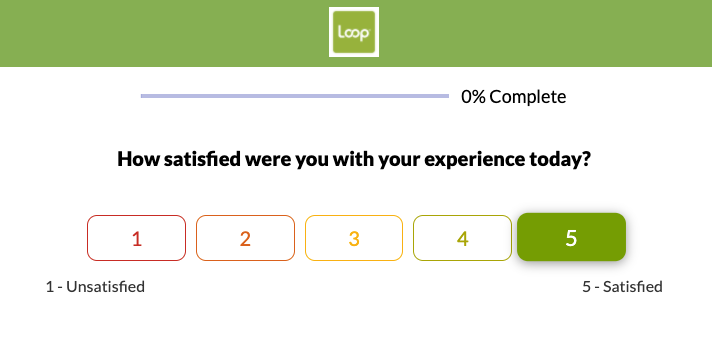Measuring the customer experience is an integral part of business growth. It allows you to understand who your customers are and what they want.
In the world of CX there are 3 major key performance indicators that businesses leverage in order to understand their customers. They are, Net Promoter Score (NPS), Customer Satisfaction Score (CSAT), and Customer Effort Score (CES).
However, understanding which one of these core metrics to use can be daunting.
So the question becomes, how can you be sure which CX metric is best for your business?
In this blog post, we’re taking a closer look NPS, CSAT, and CES and how they impact your customer experience in order to help you decide which metric is right for you.
What is CX and Why Does It Matter?
Before diving into the core CX metrics, it’s important to understand what CX is and why measure it in the first place.
CX or Customer Experience is the sum of all interactions between business and consumer. As Hubspot cites, customer experience is the customer’s view of your brand and impacts factors related to your bottom line, including revenue.
Measuring it over the years has become increasingly prominent in the world of business, as the modern customer opts for experiences over price. It’s no longer about the best promotion or cheapest service, but rather quality experiences that resonate with your target audience.
But don’t just take our word for it, according to Temkin Group a moderate increase in customer experience generates an average revenue increase of $823 million over three years for a company with $1 billion in annual revenues. In addition, McKinsey and Company reported, companies with initiatives to improve their customer experience see employee engagement increase by 20% on average.
CX matters, and it’s proven to propel businesses to new heights. So constantly evolving your experience by measuring core CX metrics is integral to brand success.
CSAT vs NPS vs CES
As mentioned, for years, businesses have opted for key performance indicators such as CSAT, NPS and CES to provide insight into performance and experience. When starting out your own experience measurement program, it’s important to understand each, what they measure and how it can influence your brand. So, let’s take a deep dive into these standard methodology survey types.
What is NPS?
Starting with the most common form of measurement, a Net Promoter Score measures how likely a customer is to recommend a service or product to others. It can be sent at any time in the customer lifecycle and provides insight into customer loyalty, advocacy and can predict customer churn.

How To Calculate NPS
Using a scale from 0-10, businesses ask, “How likely are you to refer [insert company name] to a friend, family member or colleague?”. 0 equates to not at all likely and 10 equates to very likely. From the rating provided, a business can then determine if the customer is a Promoter, Passive, or Detractor.
Why Is NPS Important?
A Net Promoter Score provides insight into long-term loyalty. It’s a relationship metric that can help inform future tactics to improve loyalty and reduce churn.
Businesses can also use this metric to predict future expansion and revenue growth through the percentage of loyal customers and word-of-mouth marketing. Lastly, NPS is also a heavily regarded metric that can be used to benchmark against competitors or your own business to continuously evolve.
What is CSAT
A Customer Satisfaction Survey (CSAT) measures customer sentiment toward a product or service. This is a more holistic question that helps businesses understand improvements in service or product. CSAT can be used alongside a range of survey question types to get a more granular view of how a customer feels at any given moment. It’s preferred to send this question type immediately after an experience to ensure it’s top of mind in the rating process.
How To Measure CSAT
Using a single question; “How would you rate your overall satisfaction with the service or product you received?” after a purchase or service experience, the customer scores the business on a scale from 1 to 5; with 1 being very unsatisfied and 5 being the most satisfied.

Why Is CSAT Important?
With a CSAT question, businesses can understand how well their product and/or service is being received and make adjustments accordingly. A CSAT question is one of the only KPI’s that actually captures immediate sentiment to take action. Measured over time, CSAT can assist businesses in evolving their product or service to improve the experience. In addition, it can pinpoint moments within the experience where satisfaction may drop, so businesses can resolve accordingly.
What is CES?
A Customer Effort Score measures how easy it is for a customer to obtain your product or service. It’s used to improve the quality of the experience and pinpoint areas of operational improvement. Like CSAT, CES scores can also provide immediate actionable feedback – think of a slow website or an employee that’s difficult to work with. A CES can help you make adjustments fast and effectively.
How To Measure CES
The question is as follows; “To what extent do you agree or disagree with this statement? Houston Hotel made it easy for me to handle my issue.” It is scaled from 1-10 or on a scale of “Strongly Agree” to “Strongly Disagree”.

Why Is CES Important?
In asking this question, businesses can pinpoint areas of operational improvement. Whether service is lagging or your website is unresponsive, a CES question can help bring awareness and contribute to a healthier customer experience.
Although a common objection to this question is its “narrow insight”, a customer effort score can be used alongside key survey questions, and provide data into busy times of day, website performance, employee performance, customer trends, and loyalty – all contributors to overall customer satisfaction.
Comparison Chart
| Net Promoter Score | Customer Satisfaction Score | Customer Effort Score | |
| Scale
1-10 |
Scale
1-10 OR Very Dissatisfied – Very Satisfied |
Scale: 1-10 OR
Scale: Strongly Disagree – Strongly Agree |
|
| Question
“How likely are you to refer [insert company name] to a friend, family member or colleague?” |
Question
“How would you rate your overall satisfaction with the service or product you received?” |
Question: “To what extent do you agree with this statement: It was easy to obtain the product or service from [inset company name]” | |
| Motivation: Helps benchmark brand advocates and pinpoints areas of improvement. Businesses strengthen their strategies and enhance the customer experience. | Motivation: Understanding the overall satisfaction a customer feels after an experience. Can benchmark satisfaction and pinpoint areas of improvement. | Motivation: This question aims to enhance the overall experience by reducing customer effort. The goal is to make the experience effortless. | |
Pro’s
|
Pro’s
|
Pro’s
|
|
Con’s
|
Con’s
|
Con’s
|
Although commonly used on their own within a customer survey or as an email, it’s evident that these questions easily complement each other. When used together, they are able to provide a holistic view of the experience and customer preferences.




